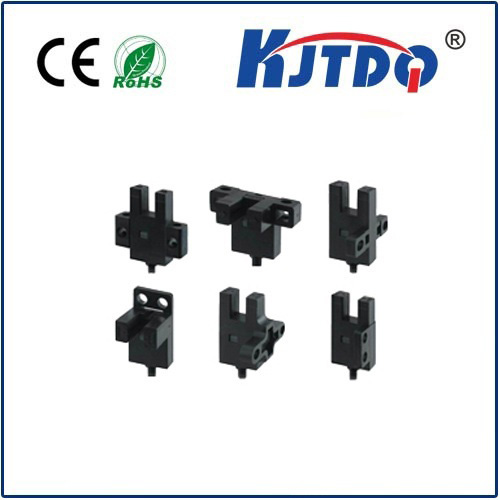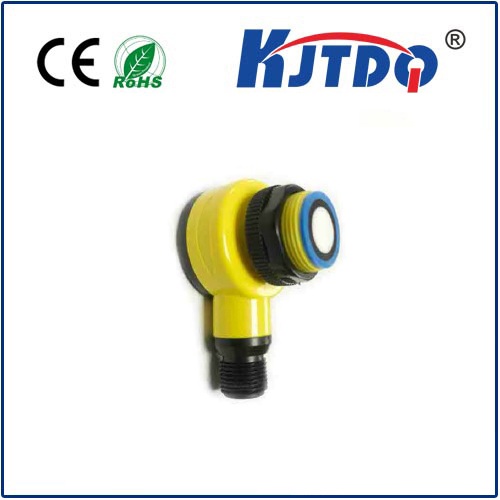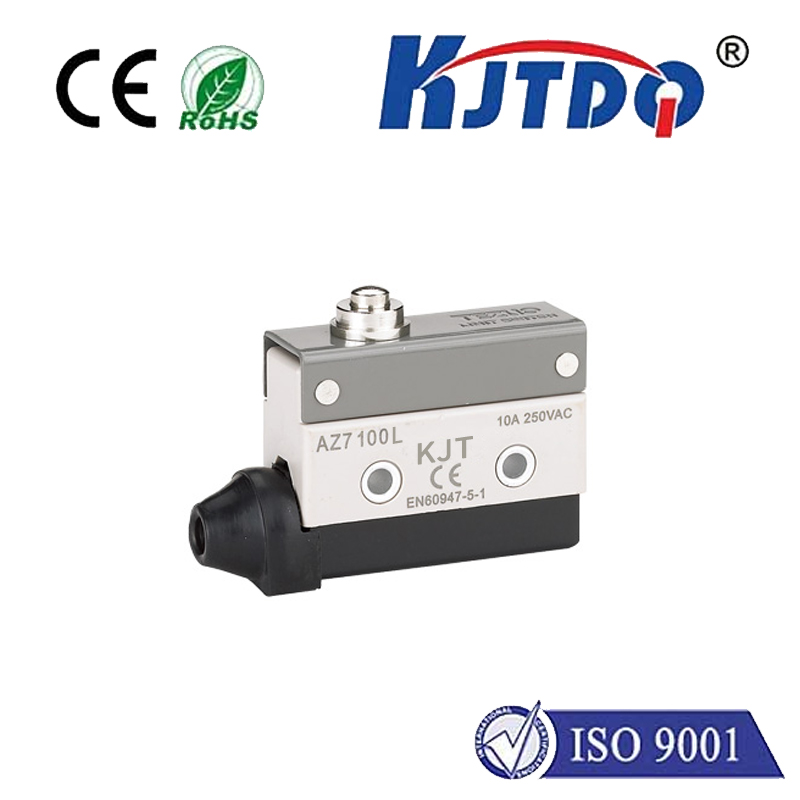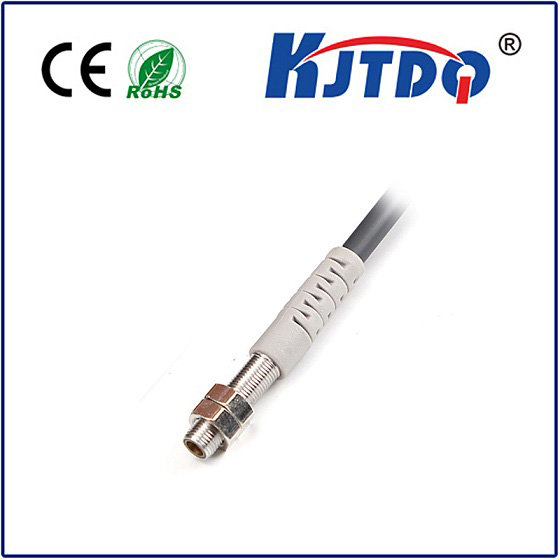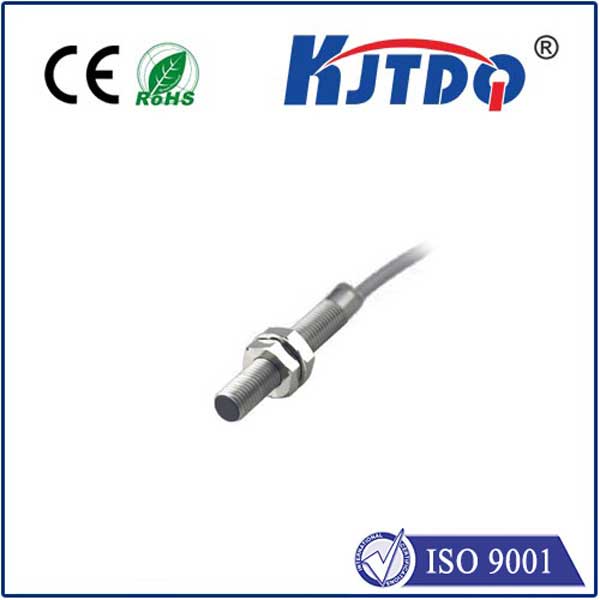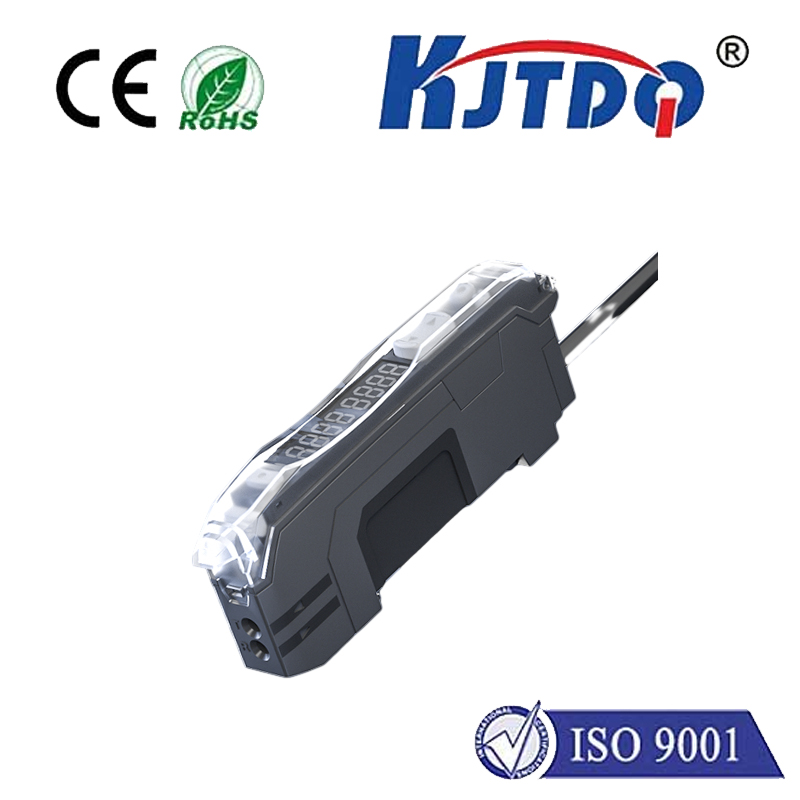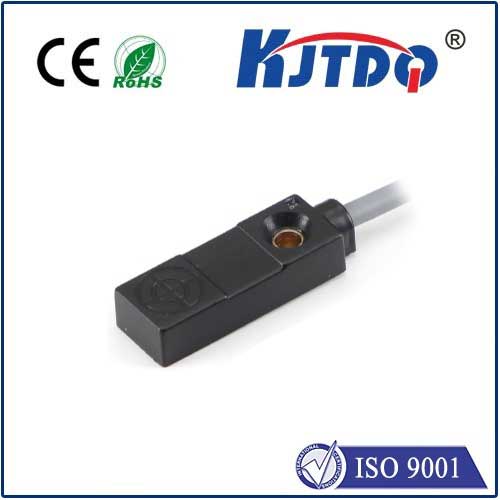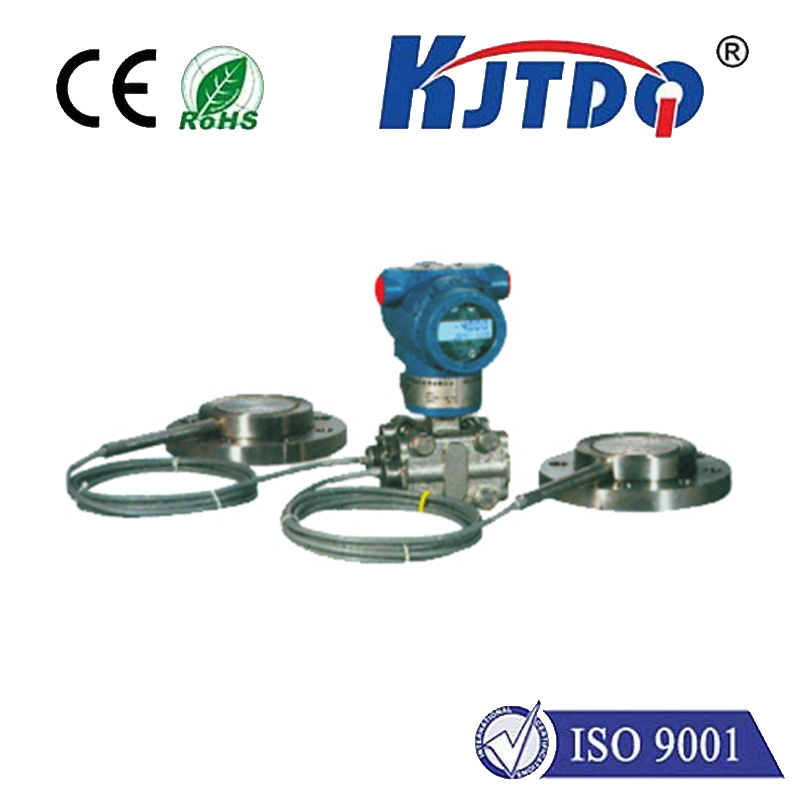
check

check

check

check
Introduction:
Capacitive proximity sensors are a type of sensor that uses capacitance to detect the presence and distance of objects. They have various applications in different industries, including automotive, healthcare, manufacturing, and consumer electronics. In this article, we will discuss the different types of capacitive proximity sensors and their unique features and characteristics.
Section 1: Transducer Type Capacitive Proximity Sensors
One of the most common types of capacitive proximity sensors is the transducer type. These sensors use a transducer element made of piezoelectric material that converts the electrical signal into mechanical vibration. The sensor measures the capacitance change in relation to the object's motion and determines its distance from the sensor. This type of sensor is highly accurate and can detect small distances with high resolution. However, it can be sensitive to noise and requires careful design to avoid interference.
Section 2: Integrated Circuit Capacitive Proximity Sensors
Another type of capacitive proximity sensor is the integrated circuit (IC) version. These sensors consist of an IC chip that integrates the transducer element, amplifier, and logic circuits within a single device. IC sensors are more compact and cost-effective than transducer-type sensors but may not offer as precise a reading as the latter. They are also less prone to electromagnetic interference and require fewer components, making them easier to manufacture and maintain.
Section 3: Photodiode Capacitive Proximity Sensors
Photodiode capacitive proximity sensors work by using a photodiode to detect changes in capacitance caused by the movement of an object. When an object passes through the field of the photodiode, it causes a shift in the capacitance value, which is captured and converted into an electrical signal. This type of sensor is particularly useful for detecting small objects and has a high sensitivity level. However, they can be affected by light interference and may require special optical coatings or filtering mechanisms to minimize disruptions.
Section 4: Ultrasonic Capacitive Proximity Sensors
Ultrasonic capacitive proximity sensors combine ultrasonic waves with capacitance measurements to determine the distance between two objects. These sensors emit a soundwave that travels through the air and bounces off an object at a known distance. The time it takes for the sound to return is used to calculate the distance between the two objects based on the speed of sound. Ultrasonic sensors are reliable and have a long range but can be affected by noise and require careful calibration to achieve accurate readings.
Conclusion:
In conclusion, capacitive proximity sensors are versatile devices that can be used in various applications due to their diverse capabilities. Each type of sensor offers unique advantages and disadvantages depending on the specific requirements of the task at hand. By understanding the characteristics of each type of sensor, users can select the right one for their application and ensure optimal performance and accuracy.
